The Hollow Men SummaryT.S. Eliot's mesmerizing poem "The Hollow Men" explores human anguish and spiritual devastation. This brilliant book, published in 1925, investigates existential crises in individuals and portrays the post-World War I disenchantment. The poem's eerie imagery, powerful metaphors, and allusive connections present a grim picture of a world bereft of meaning and purpose. This article thoroughly describes and analyzes "The Hollow Men," illuminating its themes, symbolism, and important message. 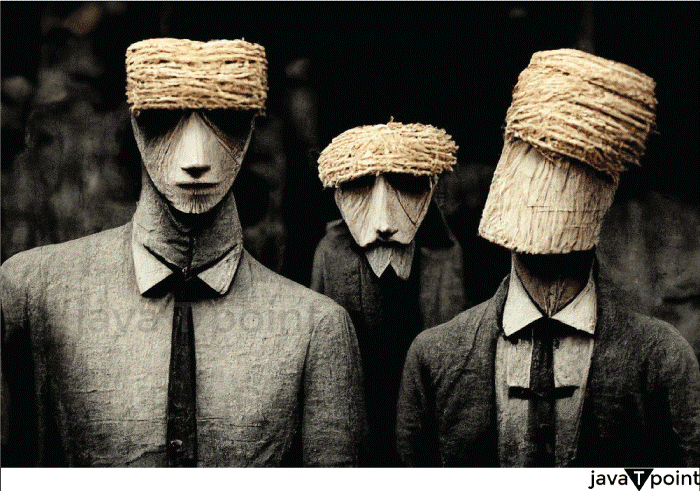
Summary and AnalysisThe five parts of "The Hollow Men" illustrate a different aspect of a dismal and spiritually bankrupt existence. The poem develops a mood of despair and darkness from the first line, "Mistah Kurtz?he dead," a reference to Joseph Conrad's "Heart of Darkness." I SectionThe speaker describes the "hollow men" in the opening paragraph as beings with "headpieces filled with straw" and "shape without form." They vacillate between being totally alive and thoroughly dead. These empty guys are shown to be weak and powerless, paralyzed by dread and uncertainty. It replicates their spiritual decline by using powerful images like "dried voices" and "rats' feet over broken glass" to intensify the gloom. "We are the" is used repeatedly to highlight their shared identity. These folks are said to be "stuffed," suggesting they are crammed with flimsy or hollow ideals. Leaning against one another, they express a sense of togetherness or emptiness among all of them. The phrase "Headpiece filled with straw" implies that their thoughts are shallow and undeveloped intellectually. "Alas!" conveys a tone of grief or mourning, as though the empty guys are conscious of their emptiness. They are described in the following paragraphs as having "dried" voices that are "quiet and meaningless." The use of metaphorical language highlights their failure to convey any meaningful information. The metaphor "As wind in dry grass" captures the meaninglessness and transience of their murmurs. The description of them as "rats' feet over broken glass" in a "dry cellar" emphasizes their existence in a barren and lifeless setting even more. II SectionThe second part examines how meaningless their existence is. The lifeless guys stand in for a wasteland devoid of meaning or purpose in a desolate setting. Their voices are regarded as "quiet and meaningless," showing their incapacity to communicate effectively or express themselves. Using terms like "shape without form" and "gesture without motion" repeatedly highlights how disjointed and pointless they are. A sequence of contradictory lines in the second verse highlights the hollowness and lack of substance in the guys even more. "Shape without form" alludes to a physical presence without significance or function. Their existence is portrayed in "Shade without Colour" as thin and lifeless. The term "Paralysed force" suggests that they have some latent strength or potential but are powerless to use it. The phrase "gesture without motion" implies that there hasn't been any significant action or effect. The term "without" is used repeatedly in these statements, reinforcing the idea of absence or vacuum. III SectionThe final half of the poem contains unsettling imagery and references to mythological characters and religious ceremonies. The recollection of a "multifoliate rose," a representation of heavenly favor and atonement that is illusive, haunts the hollow men. The words "eyes" and "sightless" refer to spiritual blindness, implying that they cannot discern and find real redemption. This paragraph demonstrates an intense thirst for atonement. 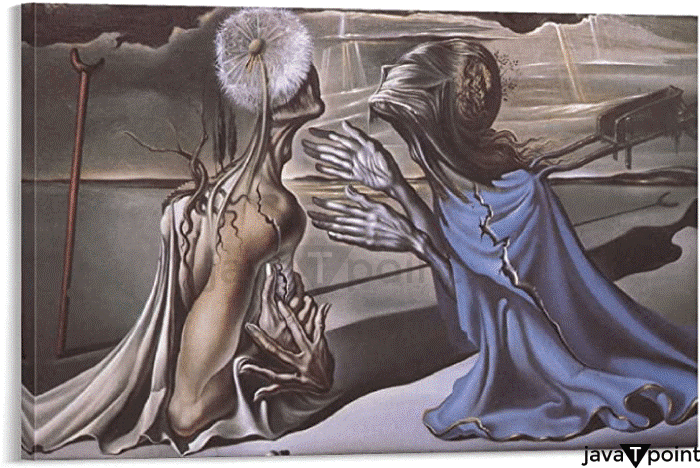
The speaker acknowledges the existence of people from different planets in this poem. "those who have crossed" refers to those confronted with either death or deeper existential realities. These people have what is known as "direct eyes," which allow them to view into another realm that is often assumed to be either the afterlife or a state of enhanced understanding. Instead of being remembered as "lost" or "violent souls," the hollow men want their genuine identity to be recognized instead: that of hollow and stuffed creatures. Even in their empty state, they seek acknowledgment or remembrance, begging others with eyes beyond their own to notice them. IV SectionA series of potent contrasts are introduced in the fourth part, which compares the hollow men with the "dead land" and the "cactus land." These desolate settings reflect the men's emotional and spiritual anguish. The examination of theological and historical themes in the poem is furthered by Eliot's incorporation of allusions to Guy Fawkes, the Gunpowder Plot, and the Lord's Prayer. Repeated expressions like "this is the way the world ends" and "not with a bang but a whimper" highlight their life's meaninglessness and allude to an unavoidable conclusion. 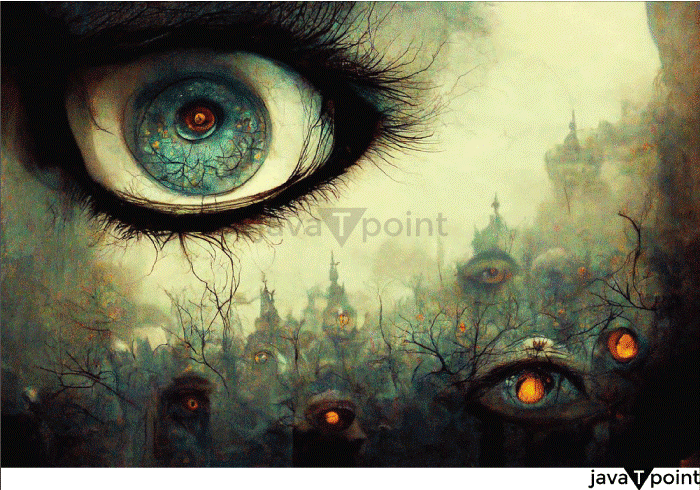
The speaker's reluctance to look into sure eyes, particularly those that dwell in the hereafter or dream realms connected to death, is explored in the fourth verse. These eyes are called "Sunlight on a broken column," which conjures up a disjointed or deteriorated visual impression. The collapsed or disordered structure the broken column represents can indicate a fallen civilization or a religious system. In contrast to the lifelessness and stasis associated with the hollow men, the description of a swinging tree implies a semblance of vitality and movement in the domain of death. It emphasizes the ethereal and otherworldly aspect of the voices in the wind's singing by making them appear more distant and sad than a vanishing star. V SectionA repetitive phrase that sounds like a chant, "This is the way the world ends," marks the end of the piece, evoking hopelessness and resignation. The spiritual paralysis of the hollow men keeps them there, unable to break free of their meaningless life. The poem ends with the eerie picture of a vanishing "whisper" that vanishes into stillness, indicating the loss of all hope and the impossibility of their plight. The speaker's wish to keep their distance from the dream kingdom of death is expressed in the fifth verse. They don't want to approach that area, suggesting they are afraid of or reluctant to face death or more profound existential realities. Wearing "deliberate disguises" such as a rat's cloak, a crowskin, and crossed staves are mentioned by the speaker. These masks can stand for a desire to conceal one's character or merge with the lifeless, empty world around one. "Behaving as the wind behaves" implies a desire to blend with the impersonal and transitory characteristics of the wind, maybe finding solace in its fleeting and insubstantial existence. The speaker's request to keep a distance from the hereafter is reinforced by the phrase "No nearer" being repeated. 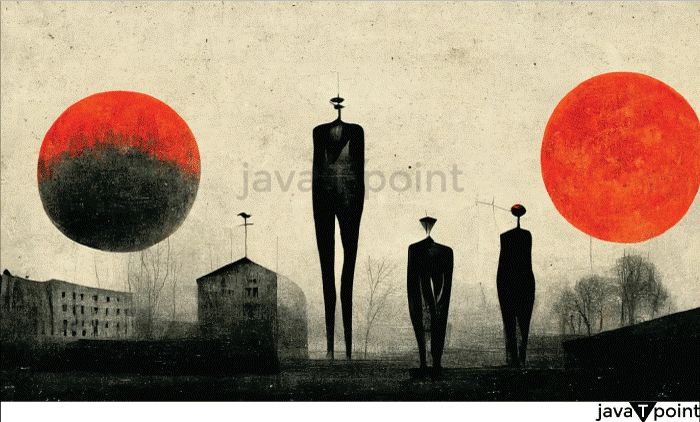
Symbolism Infuses"The Hollow Men" enhances its depth of significance. The hollow guys represent those emotionally and spiritually barren, reflecting the post-war cynicism that characterized Eliot's time. The wasteland is a metaphor for a world devoid of creativity, morality, and soul. The "multifoliate rose" represents heavenly mercy and salvation, which are usually beyond the grasp of hollow mortals. A thematic study of humanity's shortcomings and the effects of spiritual degradation is deepened by allusions to historical incidents and religious sources. Eliot's inventive use of imagery, allusions, and repetition distinguishes his poetic style. His disjointed organization reflects the disjointed nature of the hollow men's existence, and the recurring essential lines reinforce the poem's themes of futility and emptiness. About PoetT.S. Eliot was a well-known British poet, dramatist, and literary critic born Thomas Stearns Eliot on September 26, 1888, in the United States. He is recognized by many as one of the most important and influential authors of the 20th century. Modernity, spirituality, disillusionment, and the fractured character of human life were complicated subjects that Eliot tackled in his writings. Readers are still entranced by his distinctive writing style and creative poetic approach today. Eliot's early years were characterized by a strong love of reading and a sharp mind. He went to Harvard University to study philosophy, Sanskrit, and other European literary genres. He got familiar with the writings of essential poets like Dante and Shakespeare and French symbolists like Charles Baudelaire and Jules Laforgue during this period. These literary inspirations would strongly influence Eliot's writing style and lyrical vision. Eliot arrived in England in 1914 and made his home in London, where he worked as a teacher while pursuing his love of writing. His breakthrough came with the release of "The Love Song of J. Alfred Prufrock" in 1915. This poem's distinctive style presented his enduring themes of alienation, urban ruin, and existential angst. The poem's disjointed organization and inward-looking reflections signaled a break from conventional poetry forms and heralded a new period in modernist literature. "The Waste Land," Eliot's most well-known piece, was released in 1922. This epic poem, regarded as a modernist literary classic, captures the grief and disillusionment that followed World War I's destruction. A fractured vision of a shattered world is presented in "The Waste Land" by fusing diverse mythical, historical, and literary allusions. Its complex symbolism and references confounded audiences and transformed poetry. Eliot made substantial contributions to literary criticism in addition to his poetry. His writings on literary philosophy, including "Tradition and the Individual Talent" and "The Metaphysical Poets," had a significant influence. 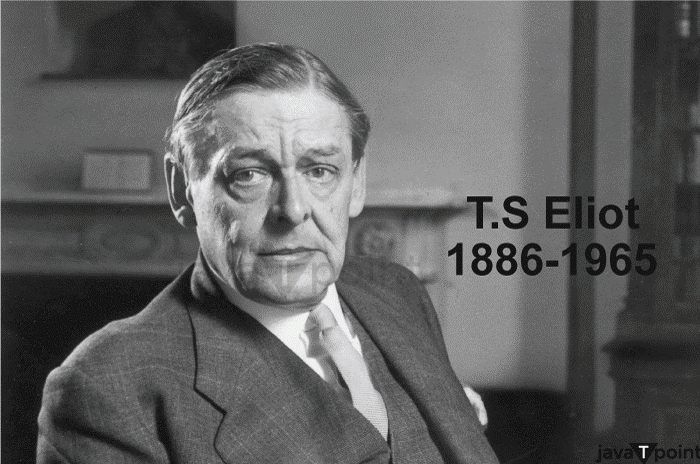
Eliot emphasized the value of tradition, the poet's place in society, and the need for writing to have a shared sensibility. Eliot continued to explore themes of time, spirituality, and the quest for meaning in a chaotic world in his later works, such as "Four Quartets" (1943). These contemplative poems, distinguished by their lyrical excellence and philosophical profundity, cemented Eliot's standing as a poet of enormous significance. Beyond his creative accomplishments, Eliot had several difficulties in his personal life. He suffered from mental illness and had a rocky marriage. But these struggles also gave him material for his insightful and profoundly reflective poems. Numerous awards have been given to T.S. Eliot for his literary accomplishments. His extraordinary collection of work, which embodied modernist sensibilities and expanded the realm of lyrical expression, earned him the Nobel Prize in Literature in 1948. Eliot's influence on succeeding generations of authors and poets cannot be emphasized since his writings are scrutinized for their profound understanding of human nature. T.S. Eliot was a pioneering poet, dramatist, and critic whose avant-garde approach to writing had a lasting impact on the 20th century. His poetry continues to strike a chord with readers worldwide due to his fragmented form, allusive language, and study of existential issues. Eliot is firmly established as one of the most prominent personalities in modernist literature thanks to his legacy as a literary icon. ConclusionT.S. Eliot's poetry "The Hollow Men" is a stunning and contemplative poem that explores human existence's emptiness and spiritual bankruptcy. The poem's stunning imagery, complex symbolism, and thought-provoking references address themes of disillusionment, existential crises, and the need for salvation. By delving into the depths of sorrow, Eliot's outstanding artistry forces readers to confront their sense of purpose and consider the effects of a meaningless life. In a society becoming increasingly disjointed and unconnected, "The Hollow Men" is a potent reminder of the need for spiritual rejuvenation and the search for the proper purpose.
Next TopicThe Luncheon Summary
|
 For Videos Join Our Youtube Channel: Join Now
For Videos Join Our Youtube Channel: Join Now
Feedback
- Send your Feedback to [email protected]
Help Others, Please Share









